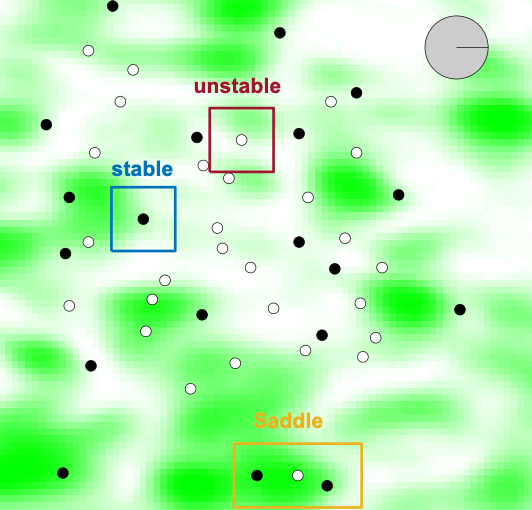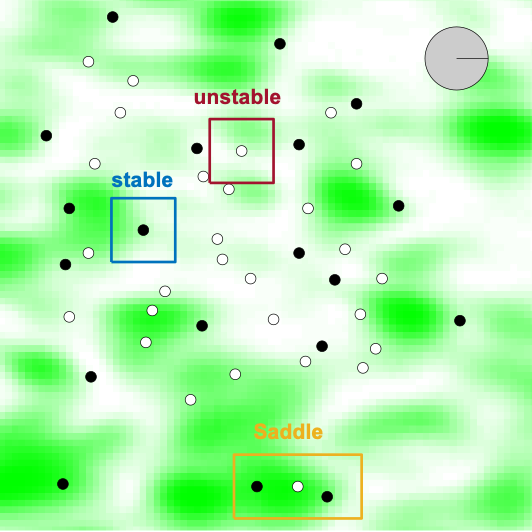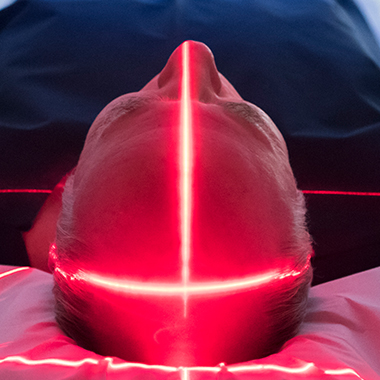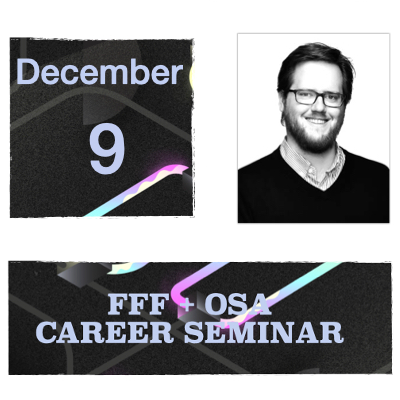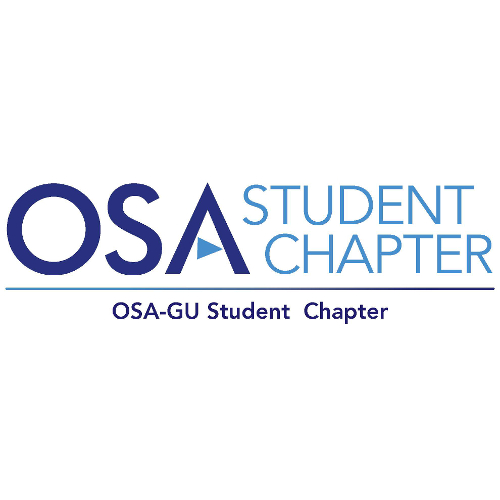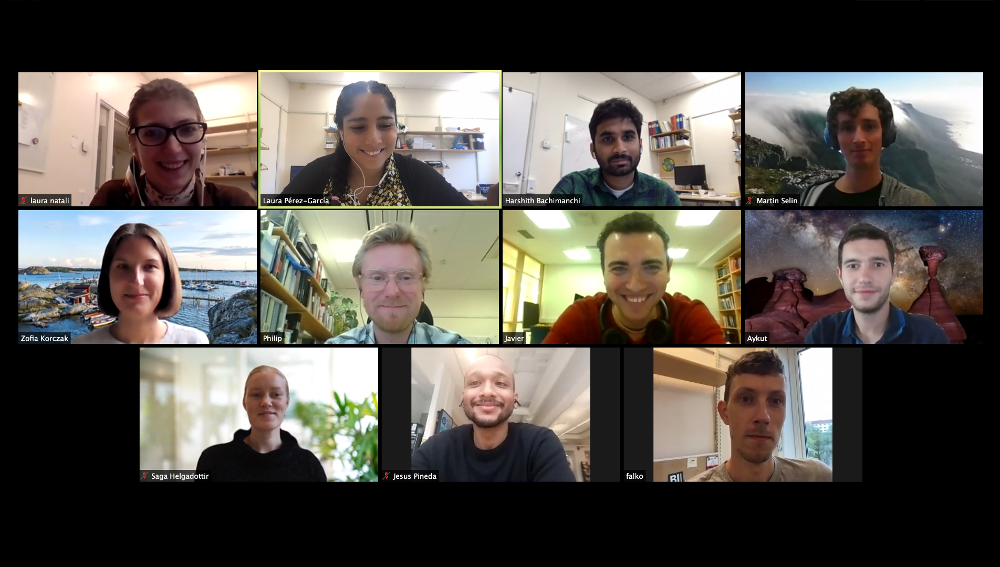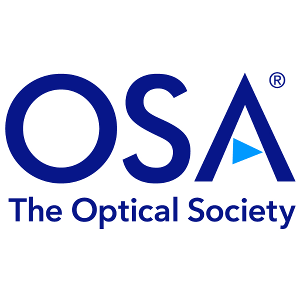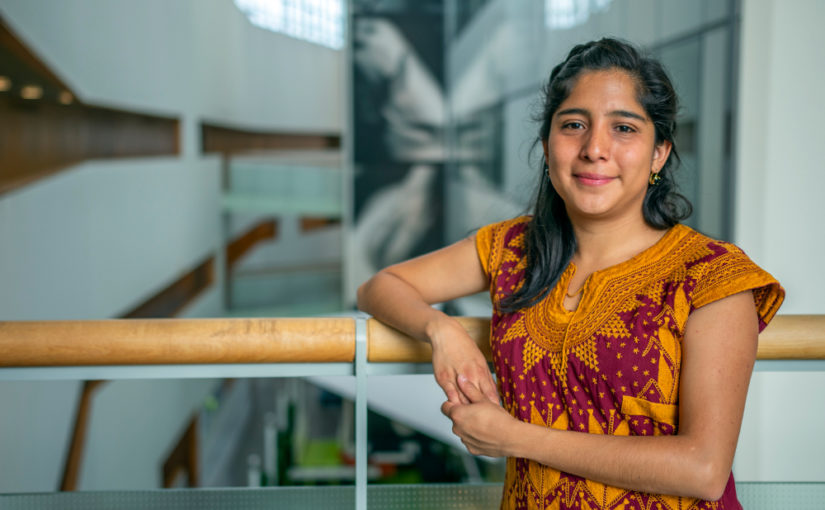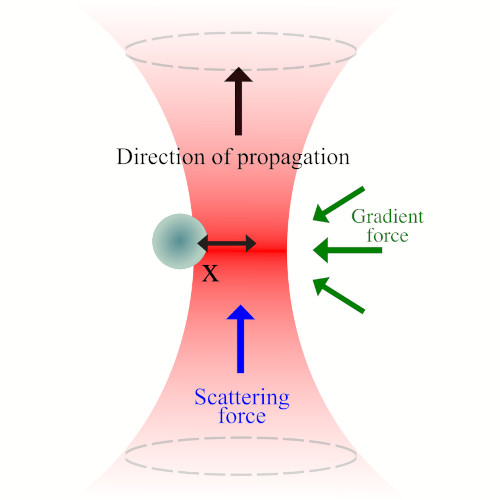
The defense took place in Faraday, Institutionen för fysik, Origovägen 6b, Göteborg.
Title: Advanced methods for the calibration of optical tweezers
Abstract: Optical tweezers have enabled the manipulation of micron-sized particles with great accuracy since their invention by Arthur Ashkin and colleagues in the 1980s. This technique has had an impact in multiple areas, including biology, physics, nanotechnology, spectroscopy, soft matter and nanothermodynamics.
To perform experiments requiring quantitative transduction
of forces with optical tweezers, the optical tweezers need to be calibrated; that is their stiffness needs to be determined. In this thesis, I present the results that I have obtained for the calibration of optical tweezers using probabilistic approaches.
The goal of these approaches is to use the available data most efficiently and even be able to have an estimation of the error associated with the calibration. This is of the utmost importance when one has limited data, as is often the case with systems out of equilibrium, low signal-to-noise ratios, and systems in which the conditions change with time quite fast. This thesis is divided into two problems. The first problem I had was the unavailability of a comprehensive method to measure force fields in extended, non-conservative, and unstable equilibrium points. For this problem I used Bayesian inference in the form of a maximum likelihood estimator, which allowed me to characterize the force field even in conditions previously not possible to tackle. This parameter-free method called FORMA proved to be more precise, accurate, faster, and less data-intensive than the previous conventional method, i.e. equipartition, MSD, ACF, and PSF. Not only that, but it allowed me to characterize the force field generated by Laguerre-Gaussian beams with different orbital/spin angular momentum, a double-well potential, and a speckle pattern.
The second problem I tackled was the error in the estimators due to
limited bandwidth and finite integration time. For this, we developed the joint probability density function of observing the particle at a given set of positions and times. We derived generalized formulas for the calibration methods; these new formulas successfully correct for the overestimation of the stiffness and the underestimation of the diffusion coefficient caused by a finite integration time; it also accounts for the limited sampling frequency and the trajectory length.
In general, this thesis shows the potential of having a probabilistic and inference approach to the problem of deducing the set of parameters that characterize the Langevin equation of motion of a particle from a time series of its position. The solution to this problem has applications not only to the calibration of optical tweezers but also to microrheology, the behavior of single molecules inside a cell, and animal migration.
Thesis: https://hdl.handle.net/2077/78214
Supervisor: Giovanni Volpe
Examiner: Mattias Goksör
Opponent: Balpreet Singh Ahluwalia
Committee: Thomas Huser, Juliane Simmchen, Kirstine Berg-Sørensen
Alternate board member: Mattias Marklund
